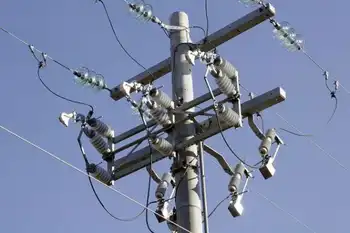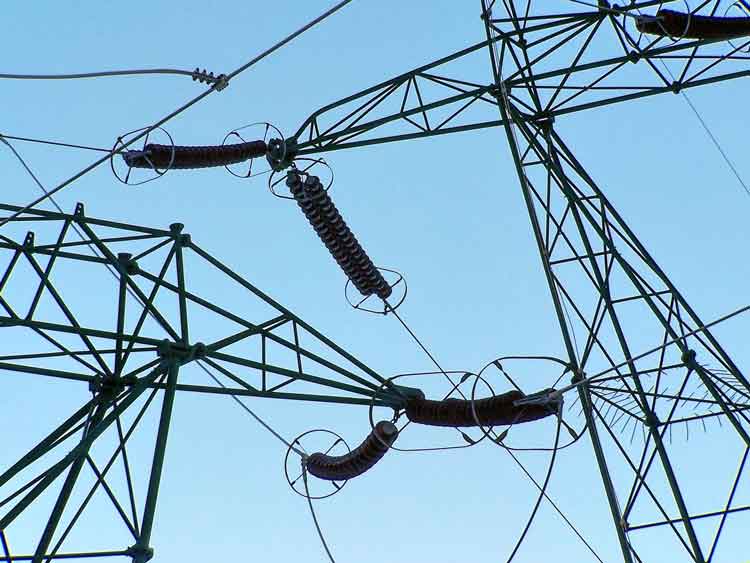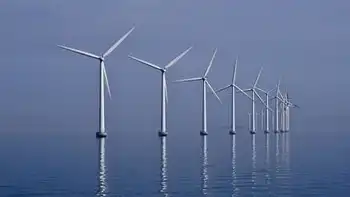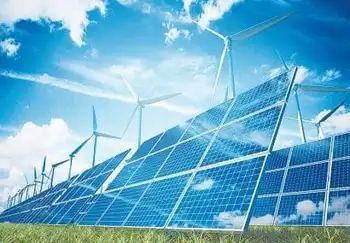Minnesota Signs Deal With Manitoba Hydro
WINNIPEG -- - The Minnesota Public Utilities Commission has unanimously approved a $1.7 billion power export deal with Manitoba Hydro.
It allows Minneapolis-based Xcel Energy to import power from Manitoba Hydro, despite the objections of aboriginal groups.
The 500-megawatt, 10-year deal was given the go-ahead.
It's an extension of an existing deal and will allow power to be exported until 2015.
Approval by Canada's National Energy Board is pending.
The Minnesota decision is a blow to the Pimicikamak Cree Nation of Cross Lake, Manitoba. They had asked the commission to first call a formal hearing into the social and economic impact of historic hydro development on their homeland.
Related News
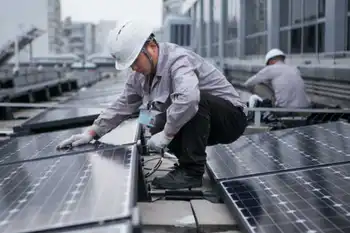
Solar Now ‘cheaper Than Grid Electricity’ In Every Chinese City, Study Finds
BEIJING - China Solar Grid Parity signals unsubsidized industrial and commercial PV, rooftop solar, and feed-in tariff guarantees competing with grid electricity and coal power prices, driven by cost declines, policy reform, and technology advances.
Key Points
Point where PV in China meets or beats grid electricity, enabling unsubsidized industrial and commercial solar.
✅ City-level analysis shows cheaper PV than grid in 344 cities.
✅ 22% can beat coal power prices without subsidies.
✅ Soft-cost, permitting, and finance reforms speed uptake.
Solar power has become cheaper than grid electricity across China, a development that could boost the prospects…

